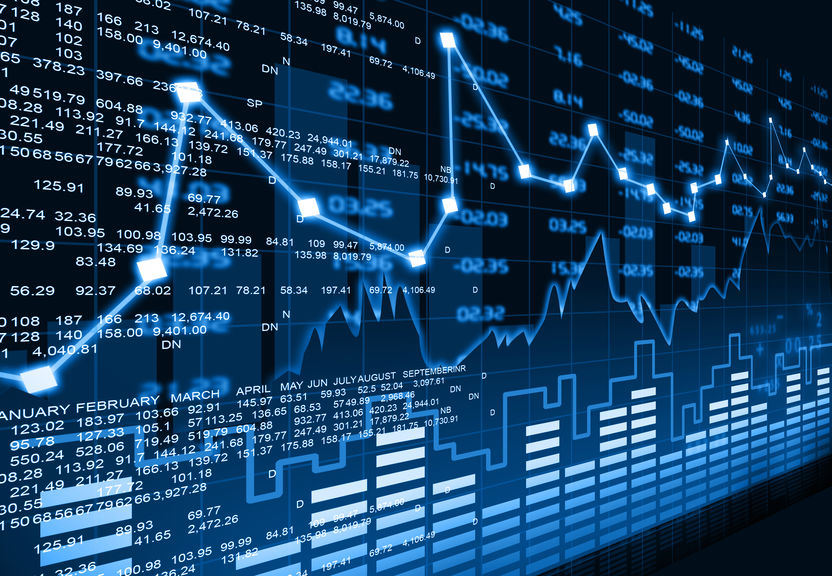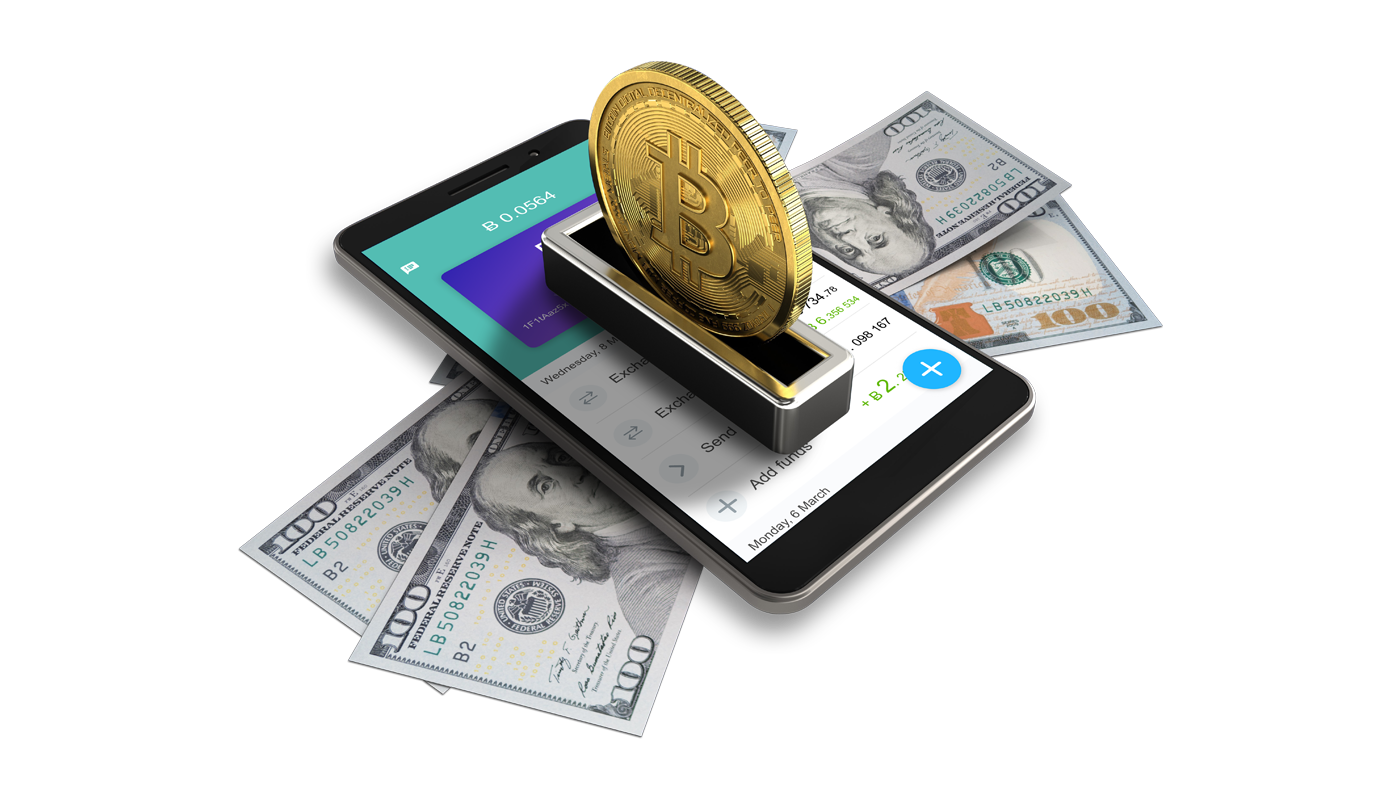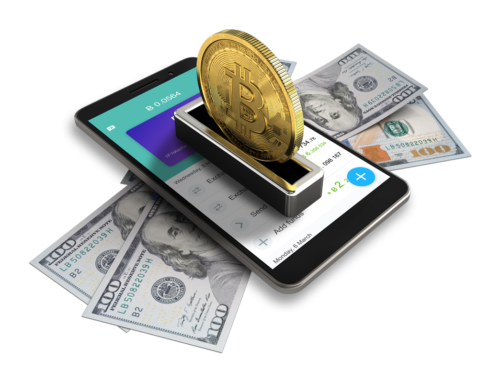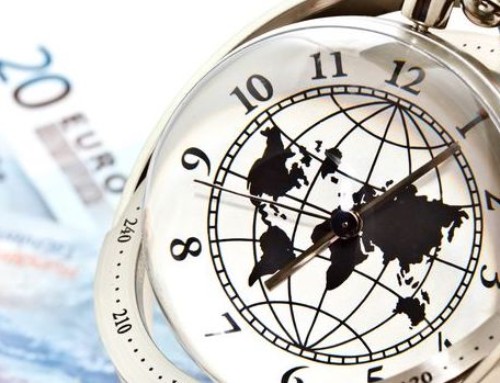The Global Recession
The US stock market is falling catching up with the rest of the world and while it went up today-Dec. 26, it is still a hard fall from October 2018 numbers. Looking at the Global Stock Market, the world’s capitalization has fallen too.
The trade war truce is supposed to help the economy but the global equity instead lost around 6.5trillion. According to Bloomberg, nearly $15 trillion was lost from its January peak.
Geopolitical risks, trade wars eruption and the slowdown in global growth are among the reasons for the sell-offs according to Bloomberg but it is not limited to them. Topics about global recession are gradually picking up but according to economists in the recent Bloomberg survey, US will only have a 15% chance, euro at 18%, UK with the threat of BREXIT only at 20% while Japan is on top at 30%. Are we overly concerning ourselves with the big word “R”? or are we not?
In the same article, the occurrences of the word “Recession” is on its highest this December 2018 since last 2017.
Aside from those reasons listed above, The financial investors fear that the recent increase in interest rates could damage the world economy. Despite Trumps repeated Tweets against central bank regarding the increase, the Fed decided to raise the rates from 2% to 2.25%. Here is Trump’s tweet:
“I hope the people over at the Fed will read today’s Wall Street Journal Editorial before they make yet another mistake. Also, don’t let the market become any more illiquid than it already is. Stop with the 50 B’s. Feel the market, don’t just go by meaningless numbers. Good luck!”
In Steven Munchin’s tweet last Dec. 22, according to him, he talked with the POTUS and he said
“I totally disagree with Fed policy. I think the increasing of interest rates and the shrinking of the Fed portfolio is an absolute terrible thing to do at this time especially in light of my major trade negotiations which are ongoing, but I never suggested firing Chairman Jay Powell, nor do I believe I have the right to do so.”
Despite those words, the FED is unlikely to back off from its decision.
So, are we heading for a global recession? And if so, should we fear the said recession?
According to David Lipton of IMF, the storm clouds of financial crisis is gathering but the financial system is unprepared.
He said further, “As we have put it, ‘fix the roof while the sun shines’. But, like many of you, I see storm clouds building and fear the work on crisis prevention is incomplete.”
“One lesson from that crisis was the IMF went into it under-resourced; we should try to avoid that next time.”
The crisis he was talking about was the last crash where the IMF was under-resourced until it was handed with a war chest worth #1tn (790bn pound) from governments around the world.
Below are other factors to consider according to Bloomberg:
The inverted yield curve
While the economists are forecasting that the chances of a recession next year is only up to 30%, the ever-present trend in 2018 to look into is the unrelenting flattening of the yield curve in the US.
According to Investopedia, an inverted yield curve is an interest rate environment in which long-term debt has a lower yield than the short-term debt of the same credit quality. This type of yield curve is considered to be a predictor of economic recession.
This yield curve has finally happened whereby the yields for five years are below for those two years.
 Quantitative Tightening
Quantitative Tightening
The Feds are no longer replacing the bonds it bought in the quantitative easing as they mature. Under the quantitative tightening program, the Feds is reducing its QE holdings at $5bn per month.
The lack of surprise
Economic surprise indexes measure the actual economic data compared to forecasts and are designed as a harbinger of the future. And it did their job this 2018 with the waning US strength, the Brexit affecting the UK economy. The euro-zone growth has shown weakness in the third quarter when Germany, the second largest exporter, and Italy both turned negative.
In 2018, the economy has steadily underperformed and we could expect the same in 2019.
We can expect that the index will be much the same in 2019 for the US but Europe may be worse given their current situation.
Europe Weakens
Europe’s growth has slowed down in the third quarter with Italy’s political crisis having a -0.1% GDP and with Germany’s export falling last September, which is by far the largest fall since last February 2018.
Also read: The Looming Global Economy: Get Ready or Be Sorry
With the exception of Spain, European countries’ 2019 may not be that bright when their growth slowed down in Q3 and just as the Central Bank is preparing for the removal of its quantitative easing programme.
China’s Total Social Financing
Chinese equity is down by 20% and trade war against America is not the only reason. China has increased its credit line to create additional GDP growth but countries are realizing that adding debt is not the only solution to boost their economy.
In November 2018 China’s total social financing rose from CNY1.52T from CNY0.73T in October to the growth of outstanding TSF has reached an all-time low of 9.9% from 10.2% in October.
When China runs out of all possibilities to raise its GDP, it will naturally go down and there is no easy fix.
Japan’s GDP falters again
The world’s third largest economy faced the worst GDP in four years as it contracted to 2.5% on an annualized basis in the third quarter. All efforts to sustain its growth is being hampered by its mounting debt of more than 250% of its GDP. While they are expecting for a quick recovery with Tokyo hosting the 2020 Olympics, Trump’s ongoing trade war with China slows down the incoming investments.
Forcast on FEDs Rate Increases in 2019
According to Bloomberg in its September post, the economists are expecting for four more rate increases in 2019. Goldman Sachs, JPMorgan Chase & Co. and Royal Bank of Canada all forecast four increases in 2019 but the outlook of monetary policy has shifted significantly in the recent weeks. Just last December 10, 2018, Goldman Sachs told Bloomberg that the chance of a Fed rate hike chances is now below 50%.
The shrinking gap between the Eurodollar futures contract between ending 2018 and 2019 shows waning expectations for future FED tightening.
After Seven Months into the Pandemic
Gold continuously moves higher in the past months and [...]
Wirex joins MasterCard Crypto Program
Cryptocurrency is here to stay. The banks know about [...]


Level 5 – Advanced Option Trading Manual on How to Thrive in a Volatile Market eBook

Level 5 – Advanced Option Trading on How to Thrive in a Volatile Market Video
















